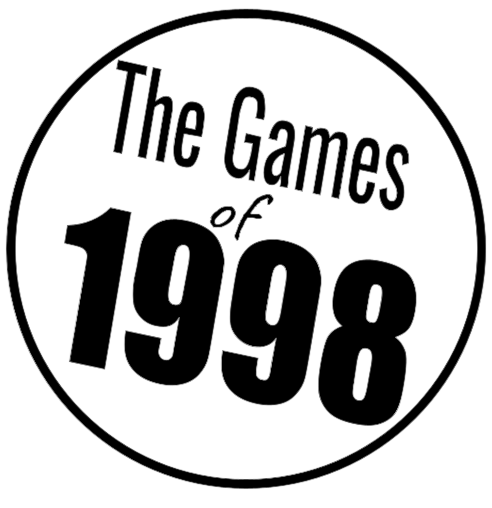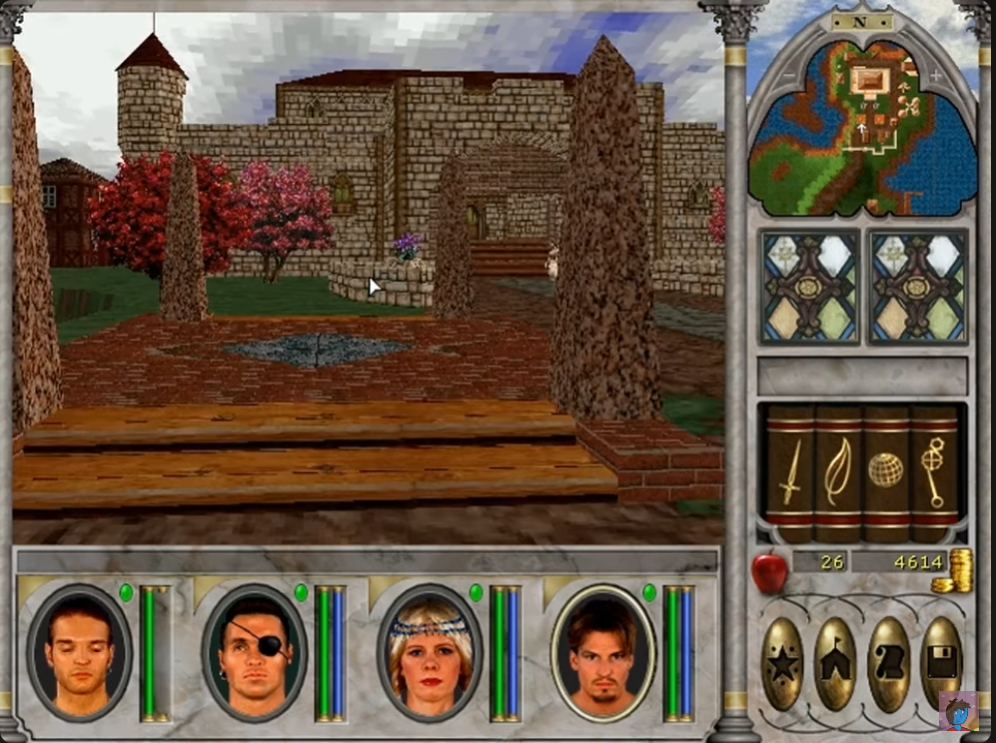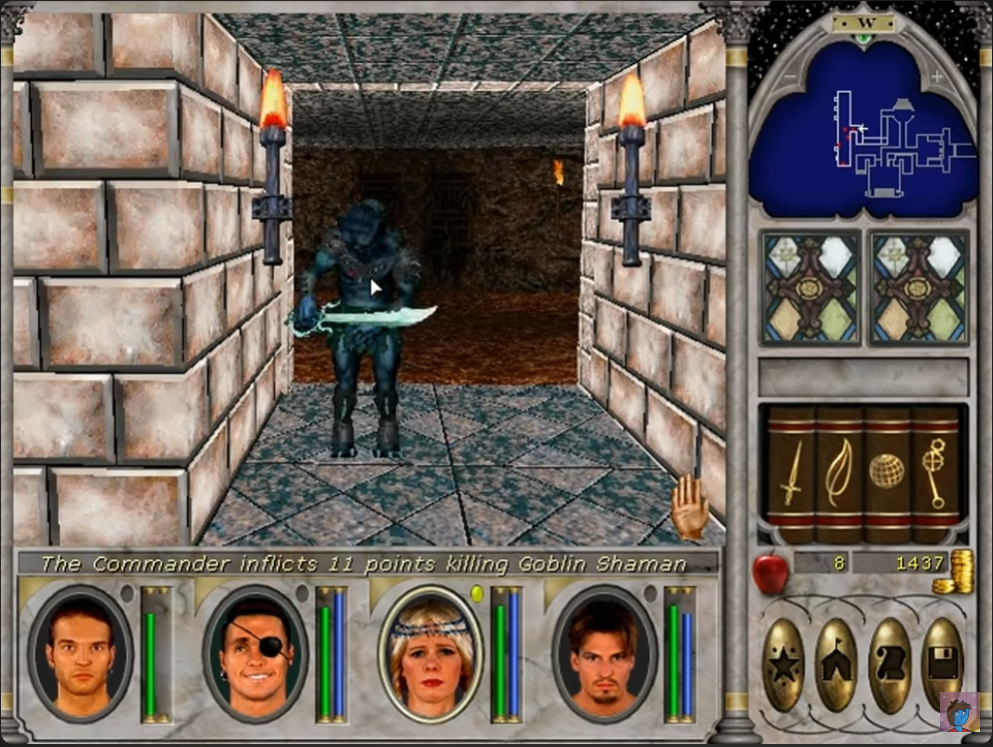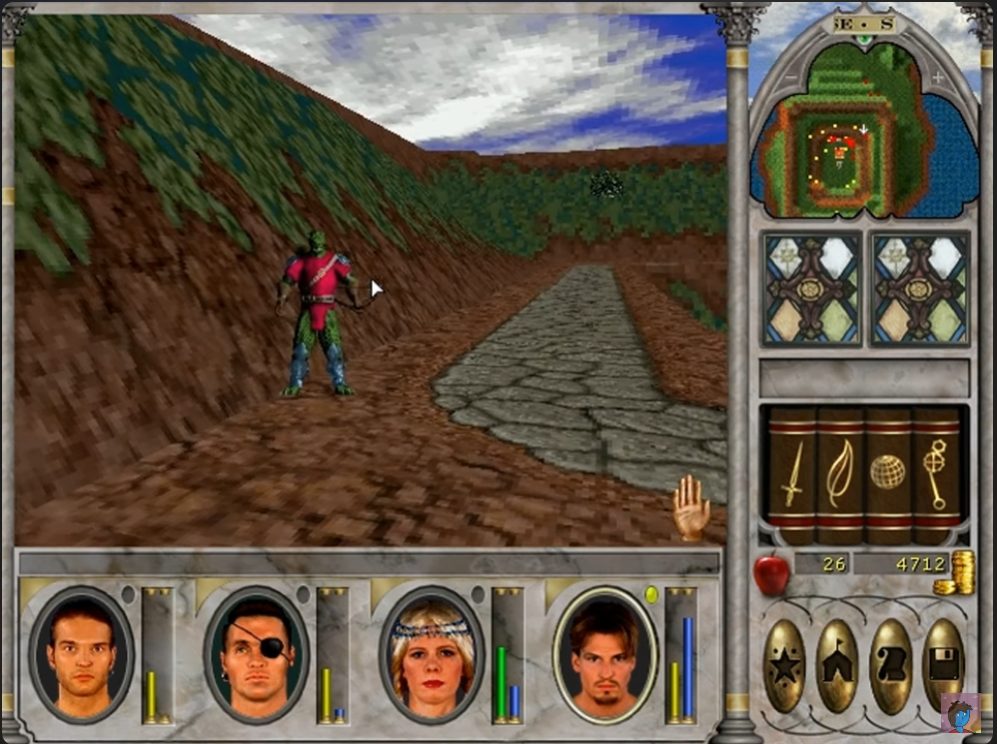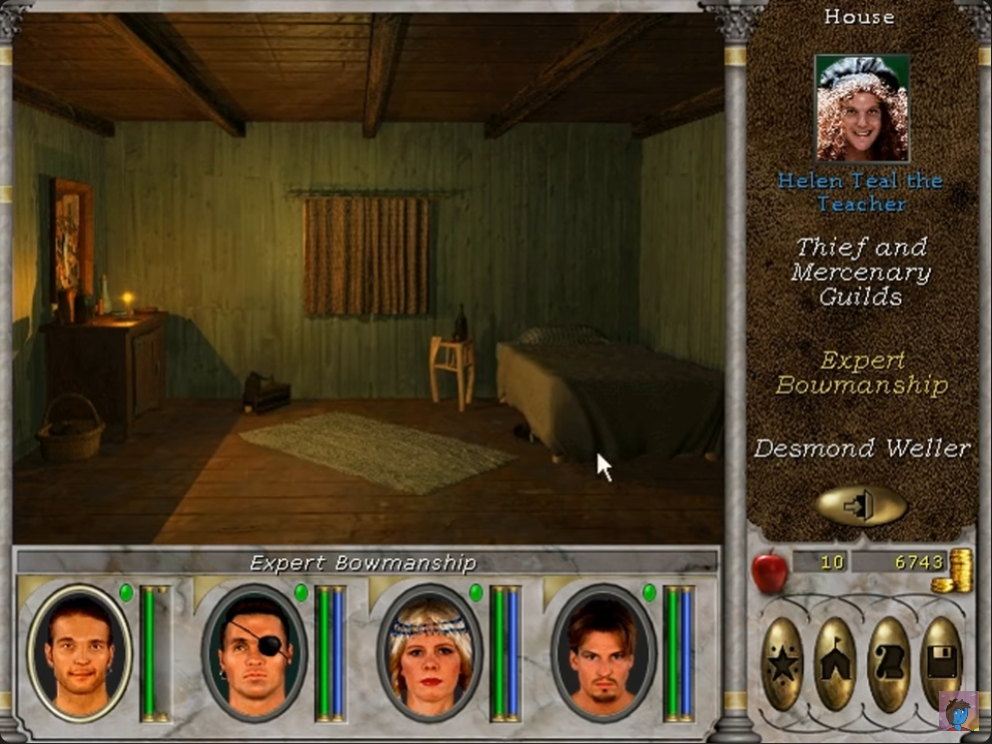Might & Magic VI: The Mandate of Heaven
Release Date - April 30, 1998 (NA)
Developer - New World Computing
Publisher - The 3DO Company
Platform - PC
The Might & Magic series had become uncertain terrain in 1998, with the last mainline Might & Magic game having been release all the way back in 1993 with Might & Magic V: Darkside of Xeen. In the meantime, the spin-off series Heroes of Might & Magic (which was a turn based strategy series as opposed to the mainline first-person perspective role playing games) had become very popular with two releases; 1995’s Heroes of Might & Magic: A Strategic Quest and 1996’s Heroes of Might & Magic II. With the Turn based strategy spin-off becoming so popular and the mainline series being absent for nearly five years, was the role playing Might & Magic series gone for good? Thankfully, Might & Magic VI: The Mandate of Heaven would prove there was life in the old dog yet, and was well worth the wait.
The regions of Enroth are in turmoil as their ruler, King Roland has disappeared, leaving a young Prince Nicolai to rule in his stead. Soon after, Nicolai goes missing too. Amongst bad omens of natural disasters and monsters appearing in the lands, the people begin to suspect that the ruling dynasty has fallen astray of the gods, and lost their mandate of heaven, the divine right to rule. It is your job to unite the splintered lands and reunite Enroth to bring about peace.
The lands of Enroth are vast and varied.
(All screenshots taken from https://www.youtube.com/@BlueAnkylo)
Like the previous Might & Magic games, the game takes place in a first person perspective. Players are free to move the character and party around the world to explore and fight. As with many good RPGs, the first aspect of gameplay though is in building your characters and party. You’ll be controlling a party of four humans throughout the game, and for each member of your party you can choose a pre-existing character sheet, or dive into character creation. You can customise each members’ look and voice (each member has a digitised photo and even will ask players to ‘Pick me!’ to demonstrate their voice acting, charming!) and then allocate the all important stats, classes and skills.
In Might & Magic VI, you can choose from six classes for each party member; three core classes (Knight, Sorcerer and Cleric) and three hybrid classes (Paladin, Archer and Druid). In addition, throughout your adventure you can meet some non-combative characters to provide some additional perks and boosts, by having two of them join your party at any given time. There are some changes to the skill system from the previous entries in the Might & Magic series now, as each skill now has three levels of proficiency, and have become much more prominent in the gameplay. Your skills will range from the usual fare of ‘Sword’ or ‘Armour’ skills, to more specific things like ‘Diplomacy’ or ‘Identification’. Likewise, magical skills are now broken into more specific disciplines like ‘Fire’ or ‘Earth’ magic schools.
There’s quite a bit to sink your teeth into in character creation and stats.
Once you’re set up, you’re thrown into the big, bad world and have quite a bit of freedom. As your party grows in skill and powers, you’ll be able to find new and more dangerous areas (which in turn provide you with more opportunities to level up). The freeform nature of the game means you can tackle the game in different ways, and travel to different areas so no two playthroughs will be exactly the same.
There’s a lot of dungeons to explore, many with some good rewards.
It’ll become apparent that the game has a huge amount of content; lots of characters, lots of locations and lots of monsters to fight. You can visit towns and walk inside buildings to talk and trade with locals (who will insult you if you leave without buying anything, by the way). This becomes especially important when you need to level up your skills to ‘Master’ level, and require a skilled teacher or trainer from the relevant guild to help you get there. On a similar note, currying favour with the local Lords will also help you get promoted to a new class of a higher rank, so it pays to explore and talk to people. Exploring the game world will let you see some truly varied environments, although it must be said that the graphics aren’t the best of 1998. Having said this, the combination of rendered monsters, rudimentary 3D environments and digitised photos for portraits makes a truly charming and unique look for this classic styled RPG. Something about it just feels right. The game world is quite large, so you can even travel via ships, coaches or even portals if you know the right magic...
Just a small fraction of the world map… there’s a lot to explore here.
Not all the inhabitants are friendly, of course, so you will be doing quite a bit of fighting. Might & Magic VI allows the player to choose to engage enemies in either real-time or a turn-based approach. This allows for careful planning of tough battles, where you can micro manage every action, but also allows for a faster paced approach which especially helps when burning through loads of low-level enemies that don’t pose a big threat. Combat in general can get quite taxing, with up to fifty monsters able to be fielded against your party of four!
Every good fantasy RPG has some kind of lizard-man.
It’s very normal to stray from the main quest in Might & Magic VI, with side-quests aplenty. Many of them have some very good plotlines and scenarios to keep you engaged for a while, while the non-linear nature of the game means you can revisit them at any time you want to mix things up or hit a wall with another quest. The game is well balanced too, so it’s unlikely you’ll accidentally power-level your characters and become too strong too soon by doing side-missions.
Might & Magic VI: The Mandate of Heaven became a critical hit, with rave reviews from PC and gaming magazines, declaring it a must-have game for RPG fans. After the long hiatus, it was a welcome return for fans and a new adventure for 1998 gamers to discover. The series would carry on with a further four sequels in the mainline series, and even more spin-offs and side games.
Comfy is a word thrown about a lot these days, but this room…
